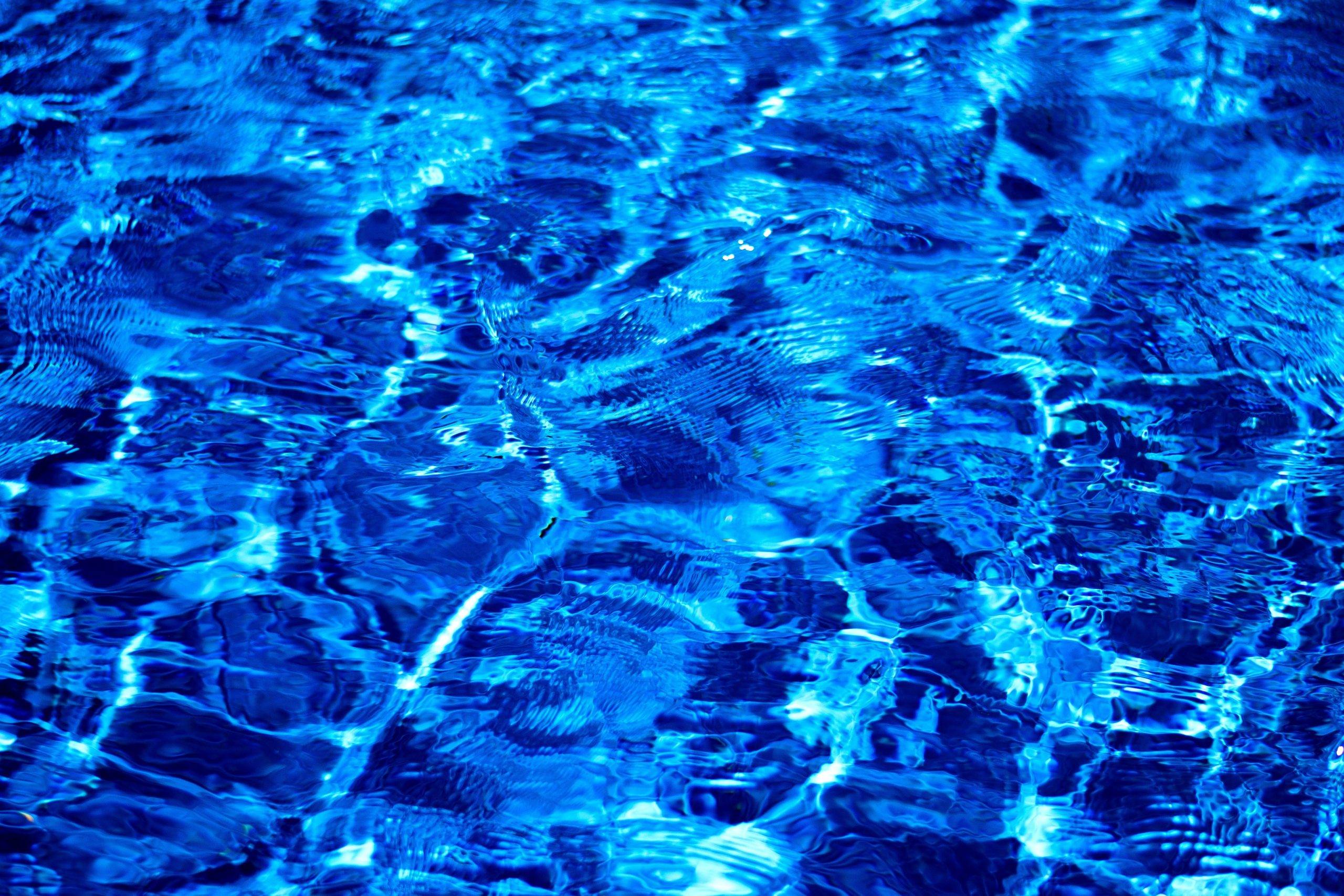- May 23, 2015
- 25,695
- Pool Size
- 16000
- Surface
- Plaster
- Chlorine
- Salt Water Generator
- SWG Type
- Pentair Intellichlor IC-60
You can’t run one of those in an enclosed space. The operational principal of them is that they use evaporative cooling of the water inside the chiller body to reduce the water temperature. If you put it in an enclosed room, the humidity will reach 100% and the cooler will stop cooling … not to mention the shed will turn into a swamp.





